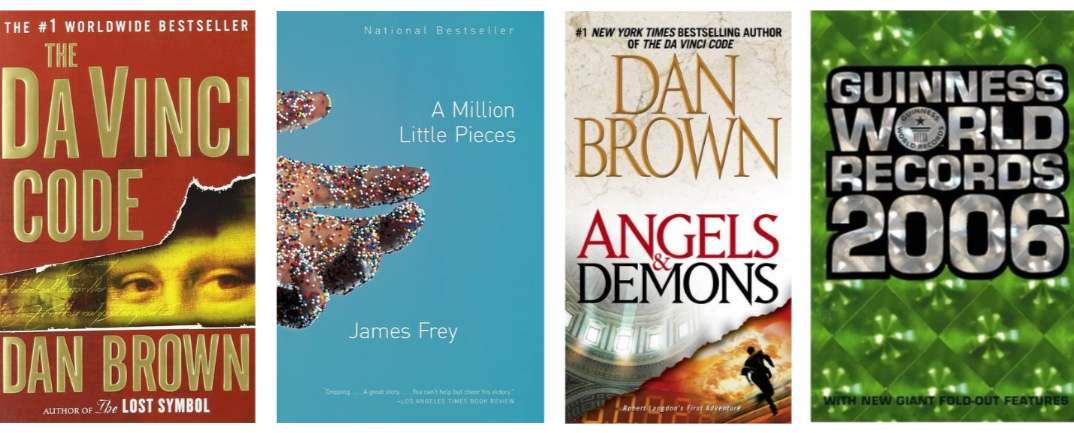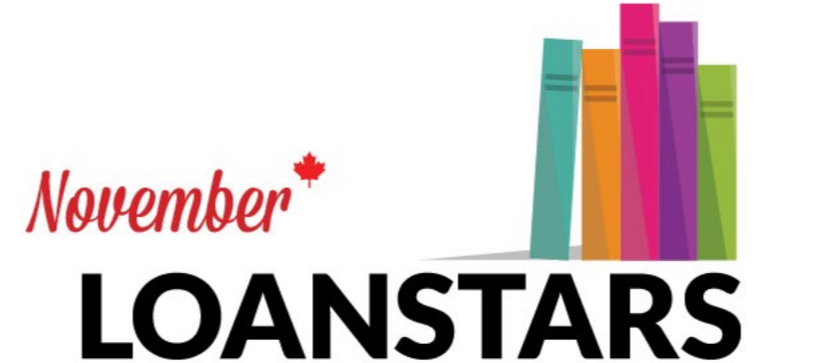This blog post continues our series where we’ll demonstrate how to highlight diverse book content using the Thema subject classification system. You can review our blog coverage of Thema here, and follow this series here.
In case you’re new to this series, here’s the main reason why we at BookNet are fans of the Thema subject classification system: compared to BISAC, Thema can communicate more granular and specific information about a book’s content which allows data senders and data recipients to share and display information about a book that represents a more diverse and inclusive range of content ripe for discovery by a marketplace that demands it.
New to Thema? Learn more about the basics here.
Thema: subject coding real life examples
In this series, we’ve been sharing EDItEUR’s examples included in their Diversity and inclusion — using Thema and ONIX to improve discoverability report, as well as Thema classification codes and qualifiers for titles by or with a Canadian contributor — author, illustrator, translator, etc.
If you wish to take your Thema knowledge even further, we highly encourage you to read our previous posts part of this series, they’re all available here.
Please note that our suggestions don’t necessarily represent the actual codes chosen by the publishers; they’re meant to stimulate discussion and reflection rather than being authoritative statements of the correct way to categorize the particular books listed.
Firekeeper's Daughter by Angeline Boulley from Henry Holt and Co.
Angeline Boulley’s 2021 debut Firekeeper's Daughter was one of, if not the book debut of 2021. Reese Witherspoon selected it for her YA book club, the Obamas optioned it for a Netflix adaptation, and that cover! Who needs co-op dollars when no one in their right mind would spine-out such beauty! In this case, the cover offers a Canadian market connection that’s worth noting: stunning artwork by Anishinaabe artist Moses Lunham. According to their website, “Moses is from the Anishinabek (Ojibway/Chippewa) Nation in Kettle and Stony Point, Ipperwash, Ontario.” You can read more about Moses and their artistic pursuits here.
In an interview with The Anishinabek News, Lunham shares how the cover artwork commission from Boulley’s US-based publisher, Macmillan Children’s Publishing Group, arrived as the COVID-19 pandemic was declared and Lunham’s routine schedule was interrupted and made up for lost work. They also go over how the cover was conceived and developed through collaboration between Lunham and the team at Macmillan, and is capped with robust praise from Boulley (Anishinaabe from northern Michigan) themself: “I can think of no higher compliment than to say it feels purely ‘Nish.’”
Now, back to our regularly scheduled programming: how Firekeeper's Daughter could be categorized according to the Thema subject categorization.
Points of Reference: Publisher-provided BISAC subjects and keywords
In the publisher-provided metadata distributed for the book, Firekeeper's Daughter has been assigned a single BISAC subject: YOUNG ADULT FICTION / Thrillers & Suspense / General.
In addition, Firekeeper's Daughter has the following descriptive keywords:
native americans for teens
american indian
fire keepers daughter
anishinaabe
contemporary indigenous life
undercover thriller
coming of age
native girl
investigative thriller
michigan
upper peninsula
chippewa
ojibwe
sault st. marie [sic]
drug trafficking
biracial
unenrolled
tribal
intersectional feminist
ya detective
ya crime
mystery thriller
We’ll use this information to imagine theoretical subject categorization according to the Thema subject categories hierarchy, using EDItEUR’s Thema browser.
Theoretical subject categorization
YFCB: Children’s / Teenage fiction: Thrillers
FXB: Narrative theme: Coming of age
Accompanying qualifiers
5AQ: Interest age: from c 14 years
5PBA: Relating to Indigenous peoples / 5PB-US-E: Relating to Native American people
1KBB-US-MLG: Michigan
1KBC-CA-OB: Northwestern Ontario
Rationale
Consulting the BISAC subject classification as provided by the publisher — YOUNG ADULT FICTION / Thrillers & Suspense / General, the immediate Thema subject classification that comes to mind is “YFCB: Children’s / Teenage fiction: Thrillers”. But it’s worth noting that in addition to this Teenage specific code, Thema supports 12 other thriller related general subject codes that could be used to further flavour this subject: political, esoteric, psychological, technology, etc. On the surface, this single subject choice seems very simplistic, but we’ll respect the direct approach and limit ourselves to a single subject classification.
Finally, we’ll include FXB: Narrative theme: Coming of age. EDItEUR specifically recommends the “theme” group — and it’s one of Thema’s strengths!
Thema’s beauty is the depth of detail that can be provided with/for each Thema subject classification in form of accompanying qualifiers. Thema subject codes are supported by six qualifier lists: geography, language as subject, time period, educational purpose, interest age & special interest, and style. These are the ones we would add to our imagined metadata record:
5AQ: Interest age: from c 14 years
We have added a selection from the “interest age & special interest” qualifier list because, in the publisher-provided metadata, the suggested Interest age is the age range of 14-18 years.5PBA: Relating to Indigenous peoples / 5PB-US-E: Relating to Native American people
We’ll make a second selection from the “interest age & special interest” qualifier list to indicate that this work is of interest to, or has themes relating to any group that identifies as Indigenous. This will be a book- and market-specific selection based on the chosen naming identities of different Indigenous peoples and should be made in consultation with the creator.1KBB-US-MLG: Michigan
Referring to Thema’s documentation, we see that both the 5PBA and 5PB-US-E qualifiers should be used to indicate location. Referring to the publisher-provided metadata, we see “michigan” and “upper peninsula” provided.1KBC-CA-OB: Northwestern Ontario
As above, referring to the publisher-provided metadata, we see “sault st. marie” [sic] provided.
A note to publishers: Don’t forget about BISAC!
In our webinar in July, Sell More Books with Better BISAC, Macmillan’s Metadata Manager, Sarah Lawrence, and BookNet’s Product Coordinator, Hannah Johnston, made the case for improving BISAC as a pathway to better discoverability and sales. Following their guidance, the publisher would be encouraged to add additional subject categories, to direct booksellers to a subject classification that mirrors their store’s assortment. Going back to today’s example and referring to the book description as well as the provided keywords, the following secondary BISACs could be provided in their metadata records:
YOUNG ADULT FICTION / People & Places / Indigenous
YOUNG ADULT FICTION / People & Places / United States / Native American
Moreover, BISAC Regional Themes offer opportunities to communicate more information to supply chain partners:
The Michigan setting communicated through the keyword list could be communicated through Regional Theme 4.0.1.4.5.0.0 - Michigan.
The Sault Ste. Marie setting could be communicated through Regional Theme 4.0.2.0.9.0.0 - Ontario.
Want more worked examples?
To read more examples as they are posted, subscribe to our weekly eNews or nab the RSS feed. And if you’re a Canadian publisher interested in submitting a Thema classification for one of your titles so it can be shared in this series, please get in touch with us!















Expanded Thema worked examples do deeper dives into single book to showcase content and contributors relating to Indigeneity.